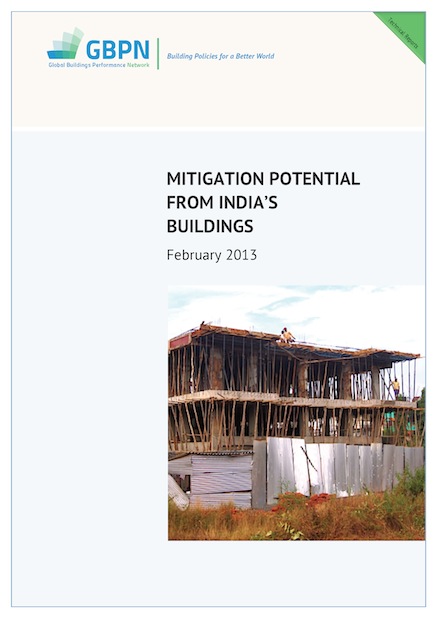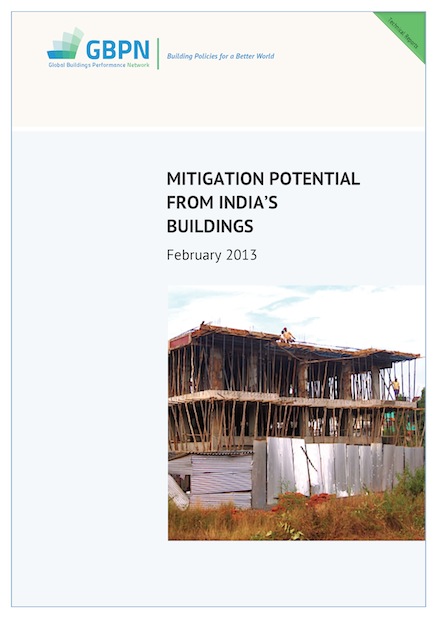印度建筑的减排潜力

可靠证据表明,至2050年印度建筑领域会产生巨幅能源增长,基于此估测,本报告分析了印度目前建筑节能减排的政策框架及其节能潜力。
6 result(s) found

可靠证据表明,至2050年印度建筑领域会产生巨幅能源增长,基于此估测,本报告分析了印度目前建筑节能减排的政策框架及其节能潜力。
可靠证据表明,至2050年印度建筑领域会产生巨幅能源增长,基于此估测,本报告分析了印度目前建筑节能减排的政策框架及其节能潜力。
 可靠证据表明,至2050年印度建筑领域会产生巨幅能源增长,基于此估测,本报告分析了印度目前建筑节能减排的政策框架及其节能潜力。
可靠证据表明,至2050年印度建筑领域会产生巨幅能源增长,基于此估测,本报告分析了印度目前建筑节能减排的政策框架及其节能潜力。
 Technical Report
Technical Report
Demonstrating the enormity of the predicted energy growth in India's building sector up to 2050, this report explores the current political framework for energy efficient buildings and the potential for change.
Background
The built and natural environment and health are inextricably linked. However, there is considerable debate surrounding the strength and quality of the evidence base underpinning principles of good practice for built and natural environment design in promoting health. This umbrella review aimed to assess relationships between the built and natural environment and health, concentrating on five topic areas: neighbourhood design, housing, food environment, natural and sustainable environment, and transport.
This paper presents a comprehensive literature review of what drives the adoption of green building (GB) practices among construction stakeholders. The review is based on literature that have been published in peer-reviewed journals. Through a systematic review of the literature, authors are able to identify generic drivers for stakeholders to pursue GB. A total of 64 drivers were identified from reviewing 42 selected empirical studies. The paper presents a classification framework for the GB drivers.